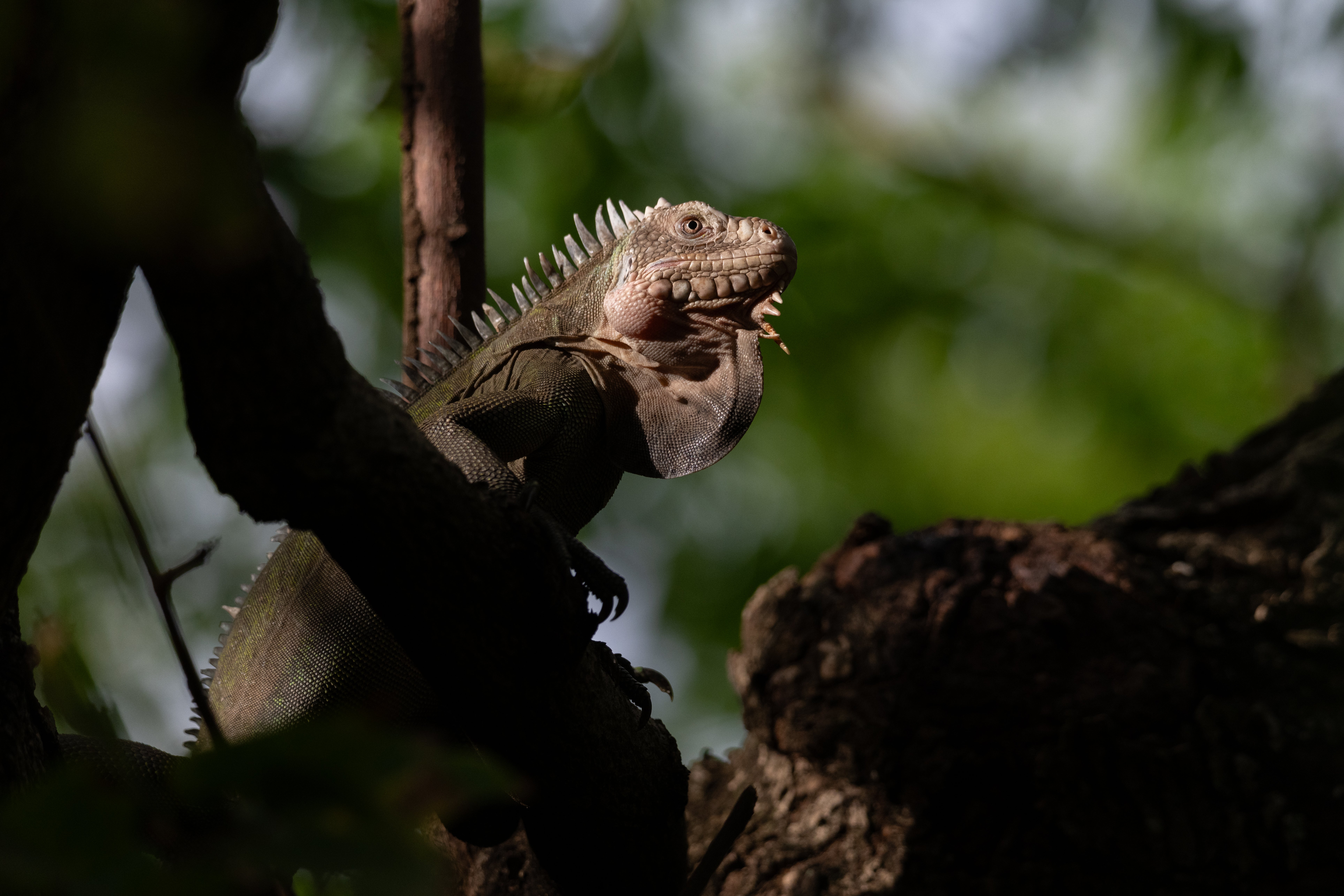Expedition Finds Suitable Habitat for the Syr Darya Shovelnose Sturgeon—Lost to Science Since the 1960s—in Central Asia’s Syr Darya River

For immediate release
February 20, 2019
The search has officially begun for one of the world’s smallest sturgeon species, the Syr Darya shovelnose sturgeon, which has been lost to science since the 1960s and is one of Global Wildlife Conservation’s top 25 most wanted lost species.
Although a GWC-supported expedition team from the Tennessee Aquarium, Eurasian Regional Association of Zoos and Aquariums, and Kazakhstan Fisheries Research and Production Center was not able to rediscover the species on a December trip to Kazakhstan, what they did find has spurred hope that they’ll succeed on future trips: a surprising abundance and variety of fish species, areas of suitable habitat with thriving birdlife, and promising anecdotes from local fishermen.
“After this expedition, I’m feeling even more confident that the lost Syr Darya shovelnose sturgeon is still out there,” said Bernie Kuhajda, science program manager at the Tennessee Aquarium Conservation Institute and expedition team lead. “The ecosystem looks pretty good and the river is immense. It’s going to take some keying in on the right habitat, the willingness of locals to help, and a little patience, but this is all part of an ongoing adventure that we hope leads to the rediscovery of a fish that I have dreamed of finding for decades.”
The Syr Darya shovelnose sturgeon was once found in the Syr Darya River in Kazakhstan, Tajikistan and Uzbekistan. It is among the smallest sturgeon species in the world, growing no more than one foot long (compared to the largest sturgeon species, the beluga sturgeon, which can grow up to 23 feet long). The biggest threat to the species has been the damming of the Syr Darya River, which creates artificial reservoirs without the amount of free-flowing water the fish’s larvae need to grow and survive.
During the course of the expedition on a seemingly healthy section of the Syr Darya River in Kazakhstan, the researchers caught and released 10 species of fishes, including two rare species on the Kazakhstan red list. One of those species, the Turkestan barbel, requires free-flowing water for their eggs to survive, a good sign that the sturgeon also may be able to reproduce here, Kuhajda said. In comparison, in an area of the river below a dam where water flow had been stopped in the summers of 2017 and 2018, the team couldn’t find any adult fish of any species and very few juveniles.
“I believe the Syr Darya shovelnose sturgeon is still there, but it is definitely an extremely rare fish,” said Alexey Chernyak, expedition member and project manager of the Eurasian Regional Association of Zoos and Aquariums’ Most Rare Eurasian Sturgeons Conservation Project. “The natural habitats of Syr Darya Shovelnose sturgeon were destroyed by numerous dams and the fish was almost driven to extinction. Searching for such rare fishes may take years.”
The expedition team spoke with a number of local fishermen who reported catching Syr Darya shovelnose sturgeon in 2015, 2016 and 2017, often accurately describing the unique features of the fish, such as the shovelnose sturgeon’s long whip-like tail filament, which is two-thirds the length of its body. The researchers spent the last few days out searching with a pair of local fishermen, with no success. The Kazakhstan Fisheries Research and Production Center will continue the search between Kuhajda’s team’s expeditions.
“The most important result from this expedition was the on-the-ground network of contacts that we built, including having fisheries staff conducting additional monitoring on their own,” said Dave Neely, expedition team member and adjunct scientist at the Tennessee Aquarium Conservation Institute. “By raising awareness now, it’ll be easier to build interest in biodiversity and conservation among local communities and funding agencies when we do find the lost sturgeon. By documenting the persistence of this imperiled species, we could potentially generate support for things like establishing minimum hydropower flows and increased investment in wastewater treatment and other infrastructure.”
Confirming that the Syr Darya shovelnose sturgeon is not extinct would also be the first step toward research that could help answer questions about how long the fish lives, what it eats, how often it reproduces and other current mysteries. All of this information could be invaluable to researchers and practitioners to determine the most effective conservation measures. The expedition team aims to return to the Syr Darya River in the fall to resample some of the same sites and to continue the survey further upstream in Uzbekistan.
# # #
Photo: Searching for the Syr Darya shovelnose sturgeon. (Photo by Bernie Kuhajda/Tennessee Aquarium Conservation Institute)
Global Wildlife Conservation
GWC conserves the diversity of life on Earth by safeguarding wildlands, protecting wildlife and supporting guardians. We maximize our impact through scientific research, biodiversity exploration, habitat conservation, protected area management, wildlife crime prevention, endangered species recovery, and conservation leadership cultivation. Learn more at https://globalwildlife.org/
Tennessee Aquarium Conservation Institute
The Tennessee Aquarium Conservation Institute is a leader in freshwater science. For more than 20 years, our researchers have been working to better understand and protect the Southeast's abundance of aquatic wildlife. Learn more about the Tennessee Aquarium Conservation Institute online at tnaqua.org/protect-freshwater. Get updates about our field conservation and research projects by following the Tennessee Aquarium Conservation Institute on Facebook and Twitter.
Contact
Lindsay Renick Mayer
Global Wildlife Conservation
512-686-6225
Thom Benson
Tennessee Aquarium
423-785-3007
Lindsay is the Director of Media Relations for Re:wild and has a particular interest in leveraging communications to inspire conservation action. Lindsay is passionate about species-based conservation and finding compelling ways to tell stories that demonstrate the value of all of the planet’s critters, big and microscopic.




